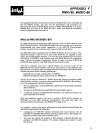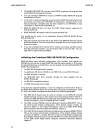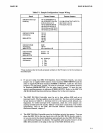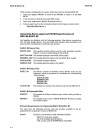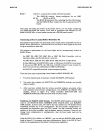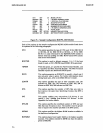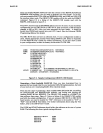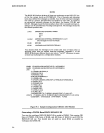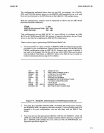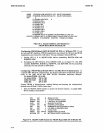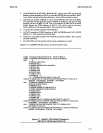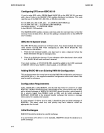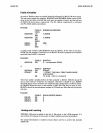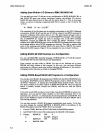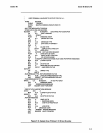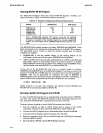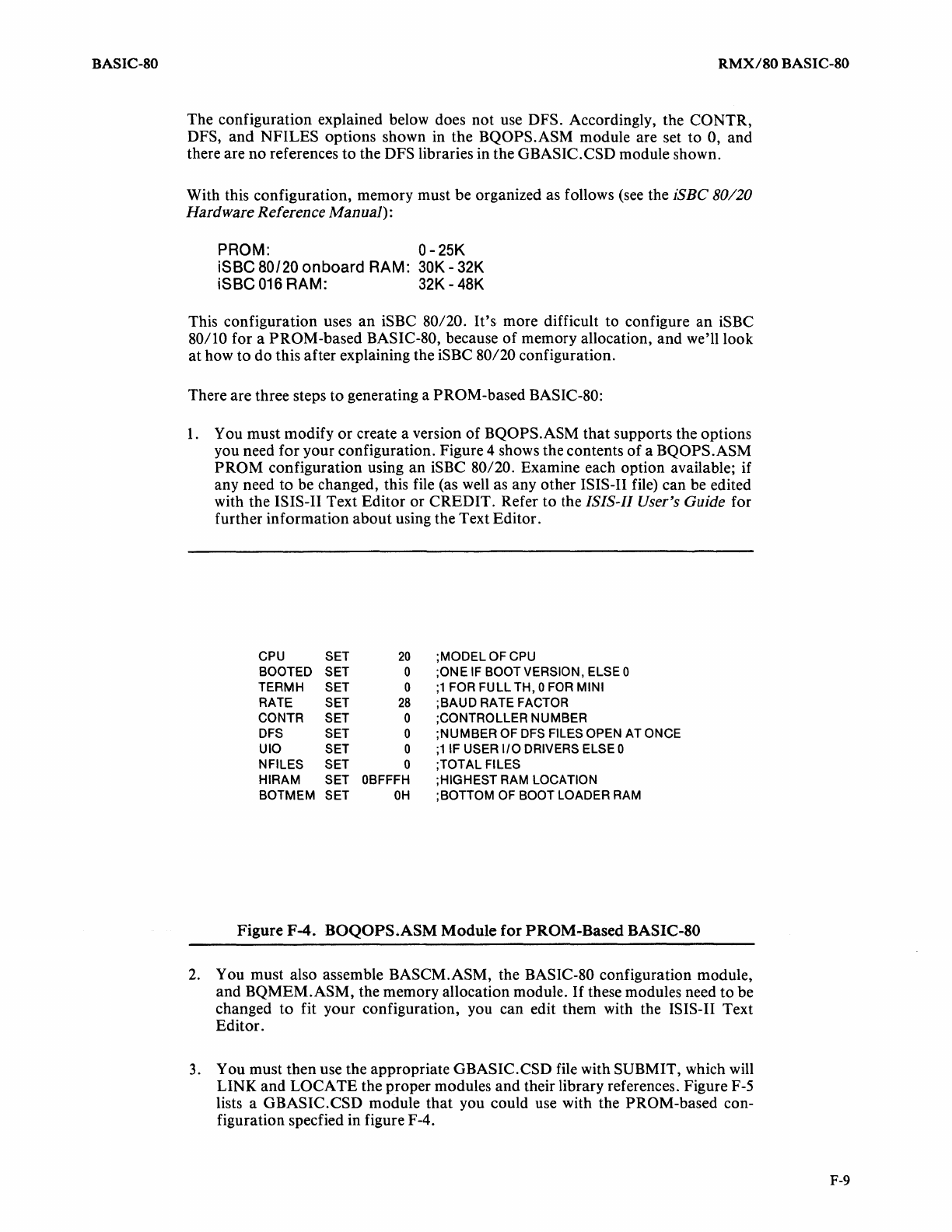
BASIC-SO
RMX/SO
BASIC-SO
The configuration explained below does not use DFS. Accordingly, the CONTR,
DFS,
and NFILES options shown in the BQOPS.ASM module are set to 0, and
there are
no
references to the DFS libraries in the GBASIC.CSD module shown.
With this configuration, memory must be organized as follows (see the
iSBC
80/20
Hardware Reference Manual):
PROM:
0-25K
iSBC
80/20
onboard RAM:
30K
-
32K
iSBC
016
RAM:
32K
-
48K
This configuration uses an iSBC
80/20.
It's more difficult to configure an iSBC
80/10
for a PROM-based BASIC-80, because of memory allocation, and we'll look
at how to do this after explaining the
iSBC
80/20
configuration.
There are three steps to generating a
PROM-based BASIC-80:
1.
You must modify
or
create a version of BQOPS.ASM that supports the options
you need for your configuration. Figure
4 shows the contents
of
a BQOPS.ASM
PROM
configuration using an iSBC
80/20.
Examine each option available; if
any need to be changed, this file (as well as any other
ISIS-II file) can be edited
with the
ISIS-II Text Editor or CREDIT. Refer to the ISIS-II User's Guide for
further information
about
using the Text Editor.
CPU SET
BOOTED SET
TERMH SET
RATE SET
CONTR SET
DFS
SET
UIO SET
NFILES SET
HIRAM SET
BOTMEM SET
20
o
o
28
o
o
o
o
OBFFFH
OH
;MODEL OF CPU
;ONE
IF
BOOT VERSION, ELSE 0
;1
FOR FULL TH, 0
FOR
MINI
;BAUD RATE FACTOR
;CONTROLLER NUMBER
;NUMBER
OF
DFS
FILES OPEN AT ONCE
;11F USER
I/O
DRIVERS ELSE 0
;TOTAL FILES
;HIGHEST
RAM LOCATION
; BOTTOM
OF
BOOT LOADER RAM
Figure F-4.
BOQOPS.ASM
Module
for
PROM
..
Based BASIC-SO
2.
You must also assemble BASCM.ASM, the BASIC-80 configuration module,
and BQMEM.ASM, the memory allocation module.
If
these modules need to be
changed to fit your configuration, you can edit them with the
ISIS-II Text
Editor.
3.
You must then use the appropriate GBASIC.CSD file with SUBMIT, which will
LINK and
LOCATE the proper modules and their library references. Figure F-5
lists a
GBASIC.CSD module that you could use with the PROM-based con-
figuration specfied in figure F-4.
F-9



